Introduction
Rare horse breeds captivate enthusiasts and conservationists alike with their unique traits, rich histories, and cultural significance. These horses, often on the brink of extinction, represent not only biodiversity but also the heritage of the regions they come from. From shimmering golden coats to curved ears, each rare breed tells a story of resilience and beauty. In this blog, we explore the top five rarest horse breeds, their distinctive features, and the efforts being made to preserve them. Let’s dive into the fascinating world of these extraordinary equines.
Table of Contents
ToggleAkhal-Teke: The Golden Horse
The Akhal-Teke, often referred to as the “golden horse,” is renowned for its striking metallic coat that seems to shimmer in the sunlight. Originating in Turkmenistan, this breed is not only a national treasure but also one of the oldest and purest horse breeds in the world, with a lineage tracing back over 3,000 years.
Physical Characteristics and Unique Traits
Akhal-Tekes are known for their sleek, athletic build, which is perfectly suited for endurance riding. Their narrow bodies, long necks, and fine skin contribute to their elegant appearance. However, their most distinguishing feature is their coat, which can range from a golden buckskin to palomino or metallic bay. This unique sheen comes from the structure of their hair, which reflects light like no other breed.
Adaptability and Endurance
These horses are famed for their stamina and ability to endure harsh desert climates, making them ideal companions for long-distance travel. Historically, they were used by nomadic tribes for covering vast terrains in Central Asia. Their toughness and adaptability are unmatched, earning them a reputation as some of the most resilient horses on the planet.
Conservation Efforts
Despite their impressive qualities, Akhal-Tekes are rare, with fewer than 7,000 individuals worldwide. Conservation efforts focus on maintaining their genetic purity and promoting their significance in equestrian sports. Organizations and breeders are working tirelessly to ensure this breed’s survival for future generations.
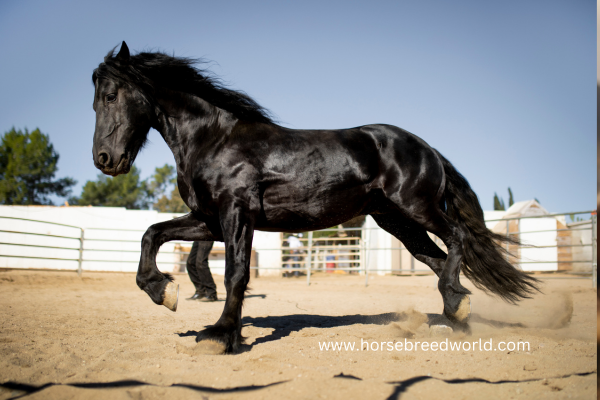
Marwari: The Regal Indian Horse
With its signature inward-curving ears and regal presence, the Marwari stands as a testament to the valor of Rajput warriors who rode them into battle.
Historical Significance
The Marwari’s origins trace back to the Marwar region of Rajasthan, India, where they were bred for loyalty, agility, and endurance. These horses played a crucial role in historical battles, carrying warriors through the harsh Thar Desert. Their bravery and ability to navigate tough terrains made them indispensable to the Rajput cavalry.
Distinctive Features
Apart from their unique ears, Marwaris often have a slender yet muscular build, making them both aesthetically pleasing and highly functional. They come in various colors, with piebald and skewbald patterns being particularly prized. Their unique ears not only enhance their hearing but also add to their mystique.
Current Status and Conservation
Today, the Marwari is a rare breed, with efforts underway to revive its population. Organizations such as the Indigenous Horse Society of India are actively involved in promoting and conserving this majestic breed. Strict breeding programs and cultural events celebrating Marwaris are helping raise awareness about their importance.
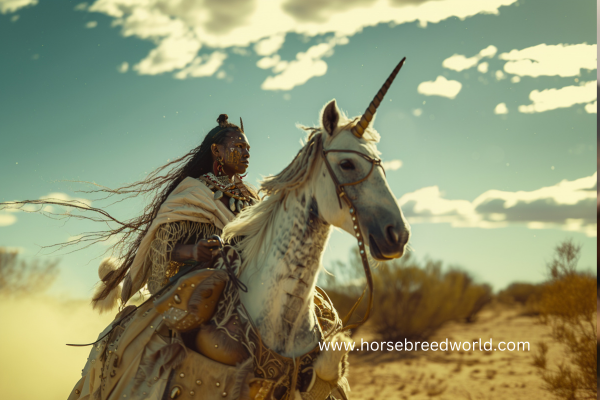
Sorraia: Portugal’s Wild Treasure
The Sorraia horse is one of Europe’s most ancient and endangered equines, believed to descend from wild Iberian horses. Native to Portugal, the Sorraia is a symbol of the region’s natural history and a living link to prehistoric times.
Primitive Characteristics
Sorraias have a primitive look, with dun coats, black dorsal stripes, and zebra-like markings on their legs. Their relatively small size and sturdy build reflect their wild origins. These traits are invaluable for understanding the genetic links between domestic and wild horses.
Connection to the Wild
Sorraias thrive in natural environments, often being reintroduced into the wild as part of conservation programs. They play a vital role in maintaining biodiversity within their ecosystems by grazing and preventing overgrowth.
Challenges in Preservation
Fewer than 200 Sorraias exist today, making them critically endangered. Breeding programs in Portugal and other parts of Europe aim to increase their numbers while preserving their genetic integrity. Public awareness campaigns also highlight their importance as a cultural and ecological treasure.
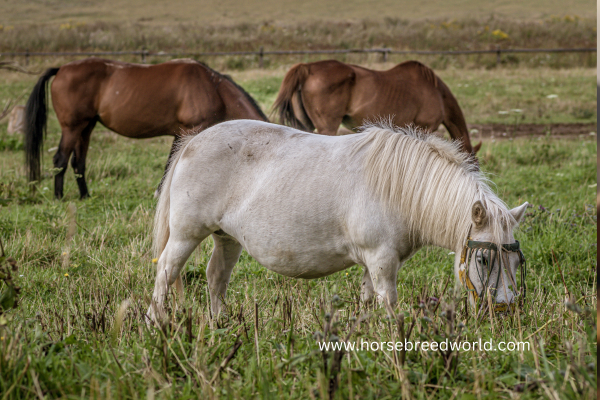
Caspian Horse: The Ancient Persian Breed
The Caspian horse, often regarded as a living fossil, is one of the oldest horse breeds in the world. Originating in ancient Persia, this small yet powerful horse has a history that dates back over 5,000 years.
A Small Horse with Big Strength
Despite their diminutive size, Caspians possess incredible strength and agility. Their physical build, with slim legs and a refined head, makes them perfect for equestrian sports, especially in activities requiring speed and precision.
Role in Modern Times
Caspian horses were rediscovered in the 1960s, and since then, they have become popular in breeding programs to improve other equine breeds. Their gentle temperament and versatility make them ideal for children’s riding and competitive events.
Conservation Status
While efforts have increased their numbers slightly, Caspians remain a rare breed. International organizations and breeders are collaborating to ensure their survival and promote their historical significance.
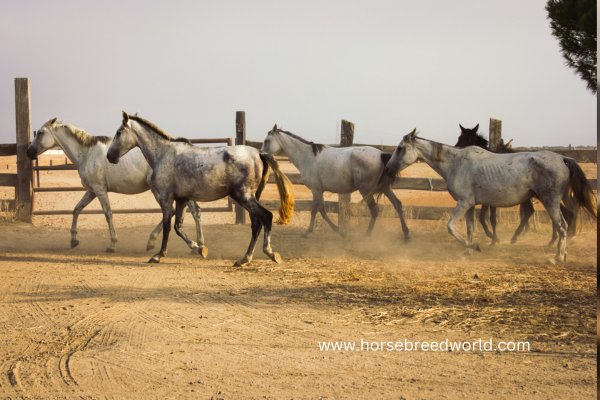
American Cream Draft: A Rare Beauty
The American Cream Draft is the only draft horse breed developed in the United States, known for its striking cream-colored coat and amber eyes. This gentle giant is a testament to America’s agricultural heritage.
Distinctive Features
The breed’s signature cream coat, also known as champagne, and light mane and tail make them stand out in any setting. These horses are also incredibly strong, with broad chests and muscular builds, making them ideal for farm work.
Decline and Revival
The American Cream Draft’s population declined with the advent of mechanized farming. However, conservation efforts in the late 20th century have helped stabilize their numbers. Breeders focus on maintaining their gentle temperament and unique physical traits.
Current Efforts
Today, the American Cream Draft remains rare, with fewer than 2,000 individuals worldwide. Breed associations and enthusiasts work to promote their use in modern farming and as companion animals.
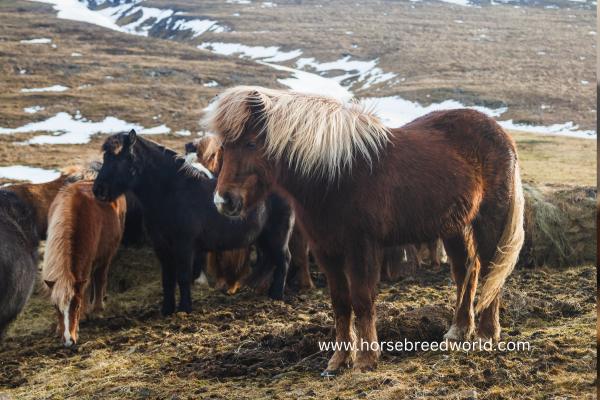
Why Are These Breeds So Rare?
Several factors contribute to the rarity of these breeds, including economic changes, environmental challenges, and shifting societal needs. For instance, the decline of horse-drawn transportation and farming has reduced the demand for certain breeds. Additionally, habitat loss and limited breeding programs further threaten their populations.
How Conservation Efforts Are Protecting Rare Breeds
Organizations worldwide are stepping in to protect rare horse breeds through selective breeding, awareness campaigns, and genetic studies. Events like breed shows and cultural festivals also play a role in preserving these equines.
What Makes a Horse Breed Rare?
The rarity of a horse breed is determined by factors such as small populations, geographical isolation, and genetic uniqueness. Breeds like the Marwari or Sorraia have limited distribution, making them rare and valuable.
Stories from Owners of Rare Horse Breeds
Many owners of rare horses share heartwarming tales of their loyalty, intelligence, and unique personalities. These stories not only entertain but also inspire others to learn about and support these breeds.
How You Can Support Rare Horse Breeds
Supporting rare horse breeds can involve adopting, donating to conservation organizations, or simply spreading awareness. Even participating in events that showcase these horses can make a difference.

Conclusion
Rare horse breeds are living testaments to our shared history and the diversity of the equine world. Each of the five breeds discussed here has its own story, charm, and significance. By understanding and supporting conservation efforts, we can ensure their survival for generations to come.


Pingback: 5 best long haired white horse breeds - horsebreedworld.com